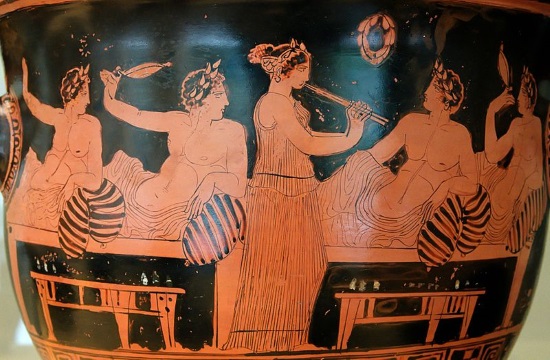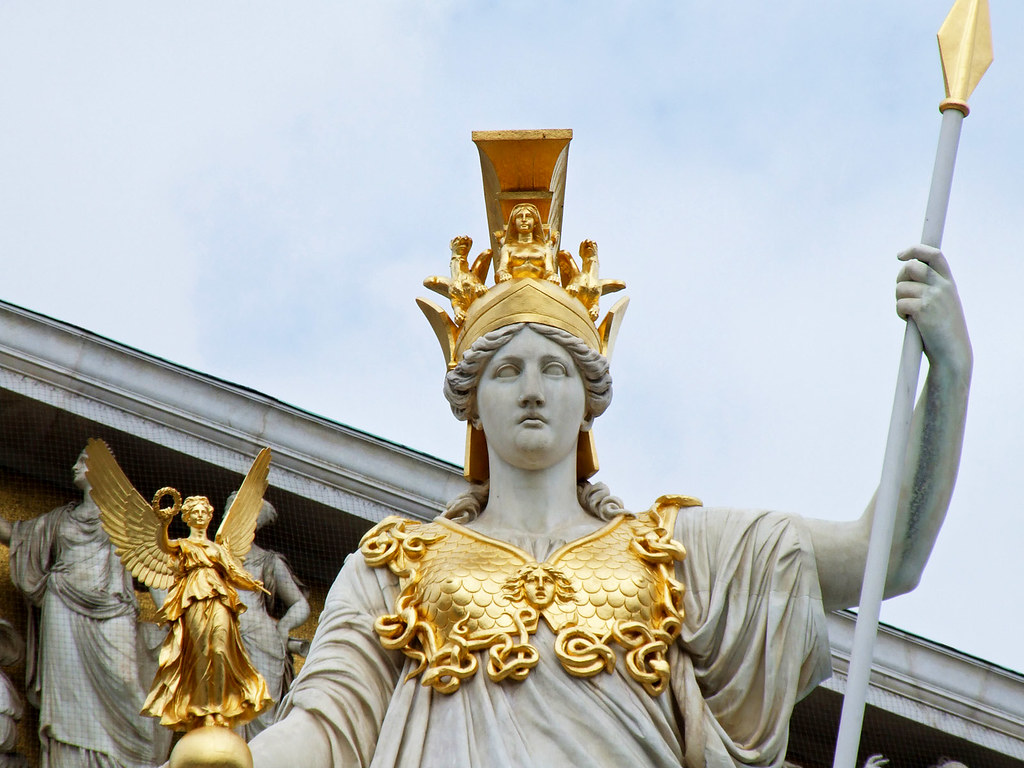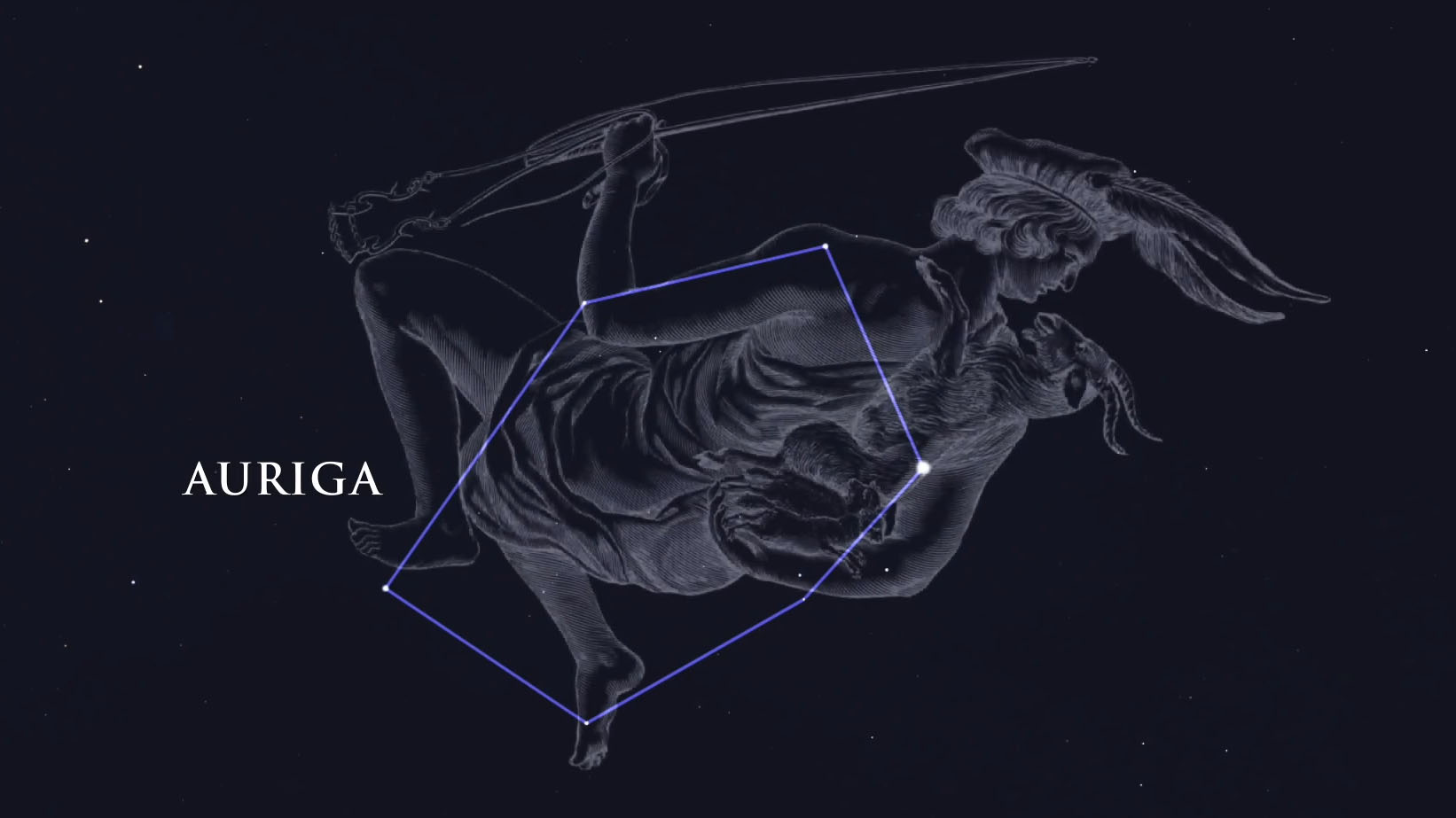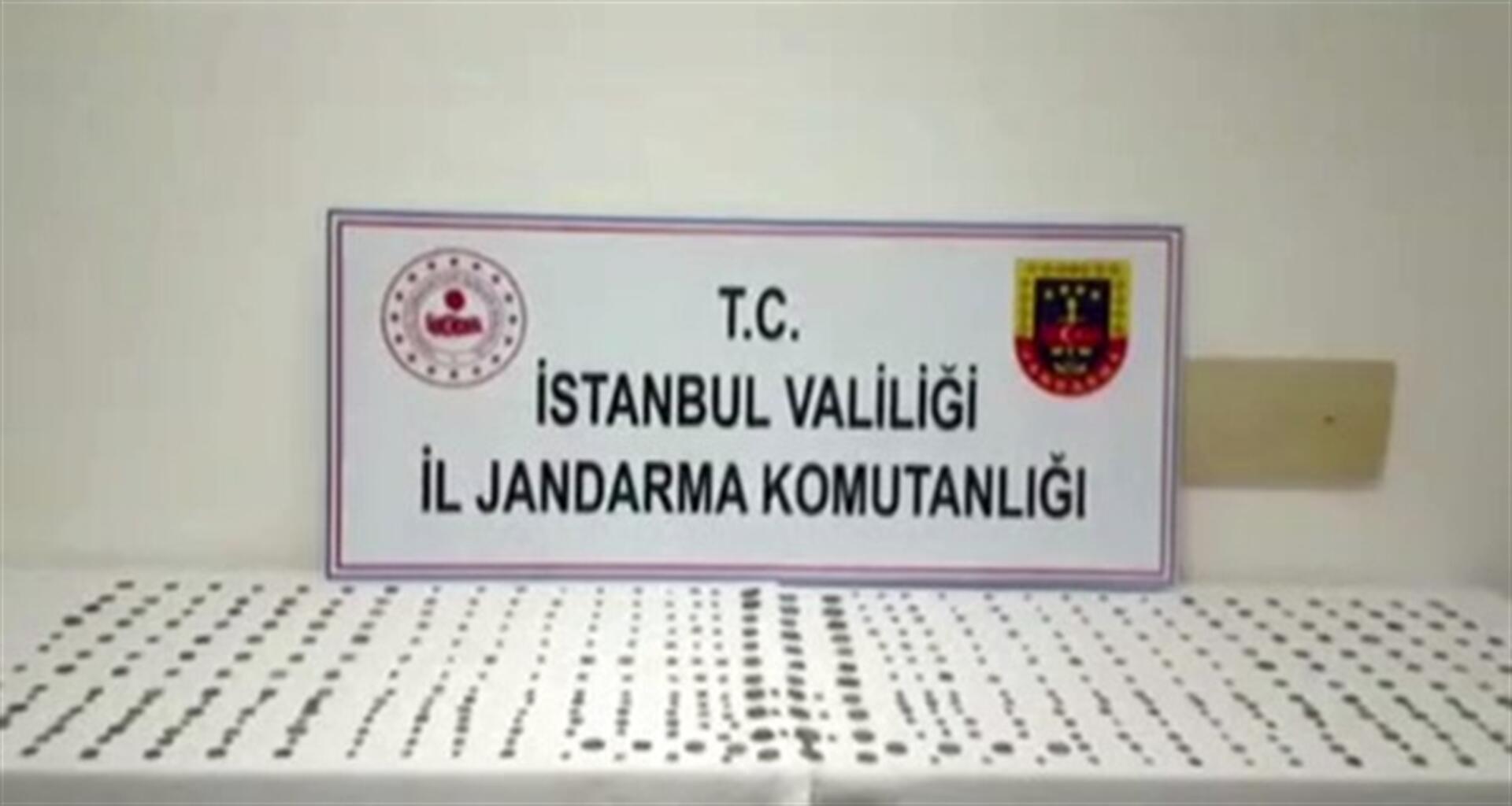A looted Greek vase was discovered recently amongst the renowned Allard Pierson Museum’s collection of antiquities.
Greek forensic archaeologist Christos Tsirogiannis, who works at the Aarhus Institute of Advanced Studies in Denmark, uncovered the vase’s shady provenance as part of his mission to root out looted antiquities from the world’s museums and auction houses.
The Allard Pierson Museum, the archaeological museum for the University of Amsterdam, is home to countless treasures from antiquity. Like many other museums and auction houses, the Allard Pierson is less than forthcoming about the origins of much of their collection.
Various investigations into how the museum came into possession of many of its pieces, conducted by the Dutch newspaper NRC, have exposed many illegally or dubiously-sourced pieces in the museum’s halls.
Tsirogiannis began to look into the background of a particular ancient Greek vase in the Allard Pierson that dates to around 550 BC. The drinking-cup features intricate paintings of Aeneas, the hero of the Trojan war, and other figures from Greek mythology.
While found in Greek mythology and Homer’s Iliad, Aeneas is one of Rome’s most prominent figures as well. He is the central figure in Vergil’s Aeneid, which tells the story of Aeneas and other survivors of the Trojan war and their return from the completely destroyed city, as they make their way back to Rome. Considered the father of the Romans, Aeneas is the ancestor of Romulus and Remus, mythic founders of the ancient civilization.
After discovering that a collector purchased the vase from Sotheby’s in London during the 1980s, when the iconic auction house was notorious for selling looted antiquities, Tsirogiannis decided to dig further into the object’s origins.
His research led him to Polaroid pictures taken of the notorious smuggler and illegal art dealer Giacomo Medici’s stash of antiquities in the 1990s. Upon careful examination of Medici’s illegally excavated pieces, Tsirogiannis was able to positively identify the vase housed in the Allard Pierson amongst the stolen artifacts.
When sold to the collector, it was clear that someone had broken the piece and later glued it back together. Despite this repair, the vase was missing a piece at the time of its purchase.
The collector, a friend of the Allard Pierson Museum, later donated the ancient treasure to the museum’s acquisitions.
A different collector later purchased the missing piece of the vase, upon which the name “Aeneas” was written, and donated it to the museum. During restoration work, the piece was broken again and then joined together with the missing piece.
Looters often break up ancient pieces in order to sell them in multiple pieces for a higher profit.
While it is unclear to what extent the museum knew of the object’s illegal provenance, the discovery reveals the widespread practice of museums and collectors turning a blind eye to looted antiquities.
Representatives of the Allard Pierson have not yet released a statement regarding the shocking findings.
Professor Tsirogiannis’ tireless work to expose the illegal underbelly of the antiquities market has rocked the field, forcing key figures to examine the origins of some of their most prized pieces.
For many years, museums and auction houses have tried to ignore, or even conceal, the illegal provenance of their treasures in order to avoid repatriating their works of art.
Tsirogiannis’s investigations forced Christie’s of London to recently withdraw four Greek and Roman antiquities from the auction block.
In June of 2020, a US court ruled in favor of Greece in a bitter dispute with Sotheby’s over the sale of an exquisite ancient Greek bronze horse, in a case that Tsirogiannis originally uncovered.
When speaking with Greek Reporter in a recent interview, Tsirogiannis clarified that it was not his aim to bring down auction houses and museums, stating:
“The responsibility of an archaeologist is not to go about attacking the major players in the market, but simply to notify the public about his research… It is not my responsibility to knock at the doors of Christie’s or Sotheby’s. If the truth is a thorn in their side, they have a responsibility to deal with it.”
In an age of reckoning, when many countries, like Greece, are demanding the return of their most precious antiquities from the world’s most renowned museums, Tsirogiannis is very busy.
Over the last fifteen years, the Lone Ranger of the world of antiquities has identified approximately 1,100 looted artifacts within auction houses, commercial galleries, private collections and museums worldwide.
Tsirogiannis has played a significant role in securing the repatriation of many antiquities by alerting Interpol and other police authorities to their illegal provenance. Helping bring stolen artifacts back to their homeland is the archaeologist’s mission:
“As an academic I am happy that my research has made an impact to the real world and helps various countries to claim and repatriate their own cultural property,” he tells Greek Reporter modestly.
Additionally, Tsirogiannis, as a Greek himself, sees the humanity in these ancient artifacts.
“Some of these objects were buried in the tombs of the ancient people. They were dedicated to them. People grieved for their loss. They put these objects there with love and affection. Other objects were at the homes of ancient people, or they were dedicated to ancient gods, placed in sanctuaries and temples.
Tsirogiannis says “Thousands of years later, it is sacrilege for these antiquities to be looted for money and profit. This is what drives me mostly to continue my research.”













